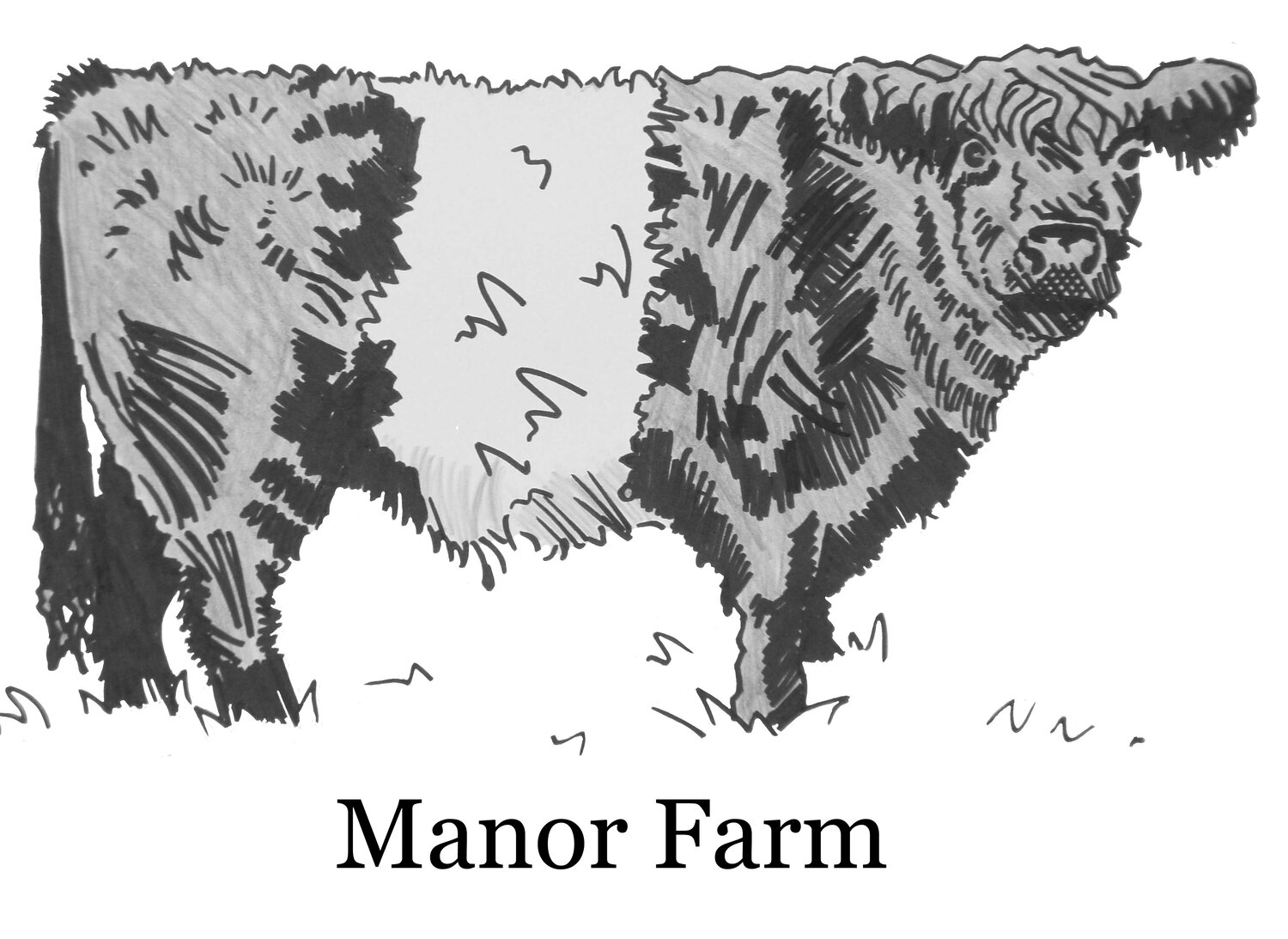
Arable
Of the 3,000 acre holding, approximately 2,000 acres is arable land for growing crops with 1,000 acres of grassland. The crops grown in rotation each year vary according to the soil type which is predominantly sand, with heavier chalk and clay fields adjacent to the North Downs.
Crop varieties are chosen for their individual characteristics, resilience, yield and potential use, sown in winter or spring and best suited for light or heavier ground. Our recent cropping has included wheat, peas, mustard, oilseed rape, fodder beet, barley and maize. Some crops are grown to order on a contract, whilst others are grown and then then sold post -harvest.
We sell the crops to grain merchants who determine the end use based on demand; the oilseed rape is crushed to produce vegetable oil for cooking with a bi-product of rape meal sold as animal feed and the winter wheat is grown to produce flour with specific properties suited to bread or biscuit making.
The average arable field size is seventeen acres; divided by hedgerows, ditches, ponds, field corners and copses. There are also 6m margins around the fields managed for native flora and fauna amounting to over 46.6 miles (75km) or approximately 111 acres (45ha). Some of these unfertilised margins are sown with cereals that remain unharvested to provide overwintering bird feed. The charity Plantlife provide a management plan for specific field edges to encourage the rare arable plants which have been discovered here.
Our regenerative journey began about 25 years ago (although it wasn’t called that then!) when we ceased ploughing the land. Ploughing used to be the first preparation of the soil for creating a seedbed, a method of turning the soil over to bury weed growth and debris from the previous crop, breaking and loosening the soil, before further cultivation and sowing the next seeds. However, new technology enabled us to move over to a minimum tillage system without ploughing and we purchased our first ‘direct drill’ which creates a slot in the soil with minimal disturbance, into which the seeds are placed. By not ploughing the soil, its biology, structure, organic matter and soil health is gradually improved year on year. Soil disturbance, loss of moisture and potential erosion is significantly reduced and carbon from the soil is not released into the atmosphere. We’ve now progressed to a ‘zero-till’ system for our combinable crops and have a new Horsch Avatar direct-drill.
These changes to our farming techniques over three decades have reduced tractor passes across the fields by three times, but our aim is to improve on this still further and as part of that goal we purchased a Shelbourne Reynolds ‘stripper-header’ for the combine harvester in 2021. A conventional header or cutter bar cuts the stem of the crop quite low to the ground and takes the seed head and most of the stem or straw into the combine harvester, where mechanisms sort and thresh the grain from the straw. The chopped straw is pushed back out of the harvester on ‘walkers’ into the field where it’s then baled and stacked. This results in a short stubble remaining in the field.
In contrast, a stripper header uses rotating fingers to remove the grain from the top of the plant and leaves the stem or straw standing in the field. The next seeds will be sown by the direct drill into the standing straw, so that any soil disturbance between these crop rotations should be minimal and reduce the germination of weeds that might compete with the emerging crop. Because the combine harvester has far less material to process, it moves more quickly through the field and uses half the fuel. For these combinable crops we’ll no longer be driving across the fields to bale, stack and cart the straw away, resulting in less compaction and use of fossil fuel.
Our team are adaptable to the diversity of work from drilling seed, reclaiming a field pond or analysing grain during harvest which is key to ensuring the correct moisture content and highest possible quality before storage.
Reece and David are full time on the farm undertaking the arable work and helping with livestock throughout the year. Numbers increase in the summer months with hay making and grain carting, whilst Laurence and Christopher can be found driving the combine harvester.
With regular evaluation of the business and consideration of new systems or technology, we aim to continue improving soil health whilst growing food, further reducing emissions, and integrating areas for farm wildlife.








